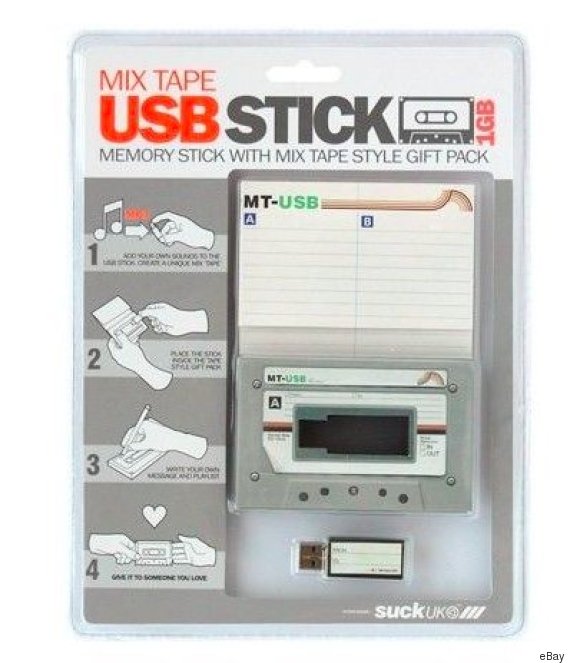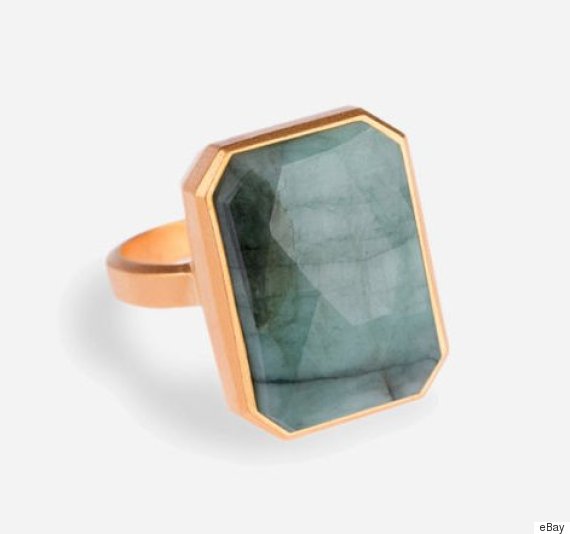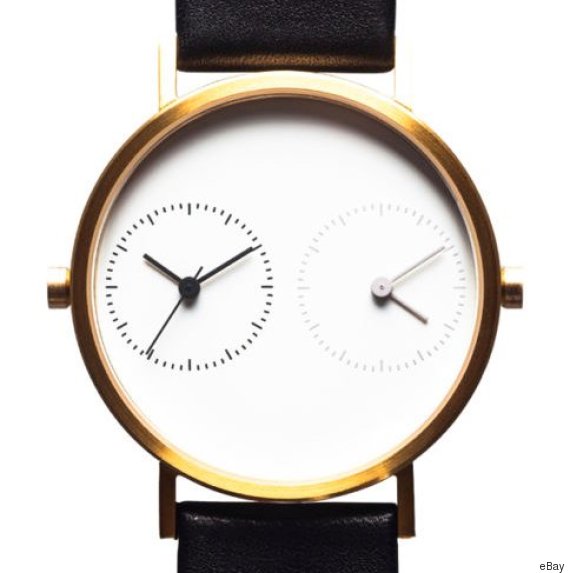Lucky for you, here is a list of a bunch of random tech gifts that are both affordable and cute for Valentine's Day!
1. A Modern Mixtape

Give your special someone the gift of great music this holiday. This mixtape USB stick by SUCK UK is everything you loved about creating old-school mixtapes on cassette, but with the memory and convenience of a USB. What better way to give a gift than downloading music illegally on the internet, before giving these to your classy girl, if she even listens to music on her computer? Then again, if she has the MacBook with no USB type A ports, you might be out of luck ;)
2. High-Tech Jewelry

Ditch the expected gold necklace this Valentine’s Day and instead gift your partner a ring with some brains. Ringly smart rings sync to your mobile phone through Bluetooth and communicate notifications through vibrations and a discreet light on the side of the ring. Smart watches can be in the hundreds of dollars, so I find that this makes a very balanced middle ground for the people wanting separate vibrations for notifications, but not wanting a $300 smartwatch! Praise to being cheapskates!
4. Your Time

Whoever said absence makes the heart grow fonder must have been a masochist, because anyone who’s been in a long-distance relationship knows they require a crap load of effort and work! If miles and time separate you and your partner, dual timepieces help to ease at least one of those pain points by displaying both your and your partner’s time zone. Because video-chat requests that mistakenly come in the middle of the night don’t lead to the best conversations.
5. A Secret Message

Surprise your sweetheart with a secret message only you two know. QR code jewelry is a fun, creative way to show your special someone just how special he or she is. With QR codes, the millions of possibilities mean that you could send any message, or any link to any picture! Maybe you could even send her a link to your Facebook status that shows you've changed it to single!
6. A Cheesy Mug

If you’re looking for a simple, fun and light-hearted gift this Valentine’s Day, embrace the retro cheesy quote mug with a modern tech twist. After all, aren’t we all just HTML trying to find our CSS?
7. A Pen That’s Mightier Than...Other Pens

Kick your partner’s writing up a notch with one of Livescribe’s classy smartpens. The Sky automatically and wirelessly records and transfers your notes and audio to your Evernote account, while The Echo connects to your computer with a USB and transfers your interactive notes for easy use and safekeeping. Ain't that just dainty?!
8. Love Is In The Airwaves

Set the mood with your sweetheart using these portable, wireless Bluetooth speakers by Braven. Not only are they sleek and stylish and deliver 12-plus hours of play time, but they’re waterproof and have external USB charging for smartphones and other devices. So now you can cuddle together and play those lovely tunes that set the mood just right ;)
-561 words

